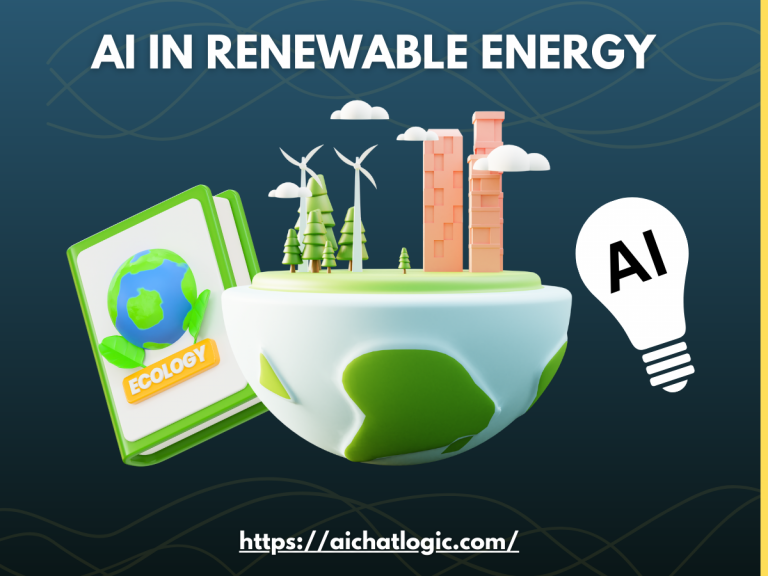Artificial Intelligence (AI) has become increasingly prevalent in our lives, revolutionizing industries and enabling remarkable advancements. While large-scale AI models often steal the spotlight, it’s important not to overlook the silent giants—the low-volume AI models—that are quietly making a significant impact. In this article, we will explore the world of low-volume AI models, understand their purpose and benefits, and delve into the ways they are reshaping various domains.
1. Introduction
In recent years, the field of AI has witnessed an upsurge in developing and deploying low-volume AI models. Developers design these models for specific tasks or niche applications, utilizing smaller datasets and computational resources compared to their high-volume counterparts. Despite their seemingly modest scale, these silent giants hold immense potential and drive innovation across diverse industries.
2. Understanding Low-Volume AI Models
2.1 Definition and Purpose
Low-volume AI models are machine learning models that are trained on smaller datasets and possess fewer parameters compared to their high-volume counterparts. They are tailored to address specific use cases, ensuring efficiency and accuracy in their domain of expertise. The purpose of these models is to provide targeted solutions that meet the unique requirements of niche applications.
2.2 Benefits of Low-Volume AI Models
The utilization of low-volume AI models offers several advantages. Firstly, their focused nature enables precise and accurate results in specialized domains. By training on smaller datasets, these models can identify patterns and nuances that larger models might overlook. Moreover, low-volume AI models demand less computational power and memory, which makes them more accessible and cost-effective.
3. The Impact of Low-Volume AI Models
Low-volume AI models are making a significant impact across various domains. Let’s explore some of the ways they are revolutionizing the AI landscape:
3.1 Advancing Niche Applications
One of the primary strengths of low-volume AI models is their ability to excel in niche applications. These models can undergo training on domain-specific datasets, enabling them to deliver accurate predictions and insights. For instance, in the field of medical diagnostics and research, low-volume AI models assist doctors in analyzing medical images, detecting diseases, and devising personalized treatment plans.
3.2 Enhancing Privacy and Security
Another significant impact of low-volume AI models is their contribution to privacy and security. These models, trained on smaller datasets, naturally decrease the risk of exposing sensitive information. By processing data locally or on edge devices, they minimize the requirement for data transfer to the cloud, thereby protecting personal and confidential data.
3.3 Improving Resource Efficiency
Low-volume AI models demonstrate resource efficiency, making them well-suited for deployment in resource-constrained environments. They demand fewer computational resources, enabling deployment on edge devices or IoT devices with limited processing capabilities. This resource efficiency not only conserves energy but also reduces the carbon footprint associated with AI applications.
4. Use Cases of Low-Volume AI Models
The versatility of low-volume AI models manifests in their wide range of use cases. Here are a few examples:
4.1 Medical Diagnostics and Research
Low-volume AI models are aiding medical professionals in diagnosing diseases, analyzing medical images, and predicting patient outcomes. By leveraging specialized datasets and domain-specific knowledge, these models are improving the accuracy and efficiency of medical diagnostics, ultimately leading to better patient care.Low-volume AI models have made a significant impact in the field of medical diagnostics and research.
4.2 Personalized Recommendations
E-commerce platforms and streaming services are utilizing low-volume AI models to deliver personalized recommendations to users. These models consider users’ preferences, browsing history, and previous interactions to suggest products or content that align with their interests. By tailoring recommendations, low-volume AI models enhance user experiences and drive customer satisfaction.
4.3 Environmental Monitoring
In the realm of environmental monitoring, low-volume AI models are playing a vital role. They help analyze sensor data, satellite imagery, and weather patterns to identify patterns, predict natural disasters, and monitor changes in ecosystems. By providing timely and accurate insights, these models contribute to proactive environmental management and conservation efforts.
5. Challenges and Limitations
While low-volume AI models offer numerous advantages, they also face certain challenges and limitations:
5.1 Limited Dataset Availability
One of the main hurdles in developing low-volume AI models is the availability of suitable datasets. Niche domains often have limited annotated datasets, making it challenging to train models effectively. Efforts are being made to create and curate specialized datasets, but dataset scarcity remains a hindrance to the widespread adoption of low-volume AI models.
5.2 Training and Deployment Constraints
Training low-volume AI models can be computationally intensive, especially when dealing with complex tasks. Additionally, deploying these models on resource-constrained devices requires careful optimization to ensure efficient execution. Overcoming these constraints necessitates innovative techniques and advancements in hardware capabilities.
5.3 Ethical Considerations
As with any AI technology, low-volume AI models raise ethical considerations. Bias in training data, privacy concerns, and potential misuse of AI technology are areas that require careful attention. Addressing these ethical considerations is crucial to ensure the responsible development and deployment of low-volume AI models.
6. The Future of Low-Volume AI Models
The future of low-volume AI models appears promising. As the field progresses, we can anticipate advancements in dataset availability, training techniques, and hardware capabilities. These improvements will pave the way for even more sophisticated low-volume AI models that can cater to an expanding array of niche applications.
7. Conclusion
In conclusion, while high-volume AI models often grab headlines, the silent giants—the low-volume AI models—should not be underestimated. Their targeted approach, resource efficiency, and domain expertise make them valuable assets in numerous domains. As technology continues to evolve, low-volume AI models will continue to make a big impact, revolutionizing industries and driving innovation.
FAQs
8.1 How do low-volume AI models differ from high-volume ones?
Low-volume AI models are designed for specific tasks or niche applications and are trained on smaller datasets, while high-volume models are more generalized and trained on larger datasets. Low-volume models offer efficiency, accuracy, and resource optimization, catering to specialized needs.
8.2 Can low-volume AI models be used in real-time applications?
Yes, low-volume AI models can be utilized in real-time applications, especially when deployed on edge devices or IoT devices. Their resource efficiency and optimized architectures enable them to deliver fast and responsive results.
8.3 What are the potential risks associated with low-volume AI models?
Some potential risks include biased predictions if the training dataset is not representative, privacy concerns if sensitive data is involved, and the possibility of misuse if not implemented responsibly. It’s crucial to address these risks through ethical considerations and robust evaluation processes.
8.4 How can low-volume AI models contribute to sustainability efforts?
Low-volume AI models require fewer computational resources, resulting in reduced energy consumption. By leveraging these models, organizations can contribute to sustainability efforts by minimizing their carbon footprint associated with AI applications.
8.5 Where can I access low-volume AI models for my projects?
There are various platforms and repositories where you can access low-volume AI models, such as open-source libraries, online marketplaces, and AI model repositories. It’s important to evaluate the suitability and quality of the models based on your specific project requirements.












+ There are no comments
Add yours